Get exclusive deals you won't find anywhere else straight to your inbox.
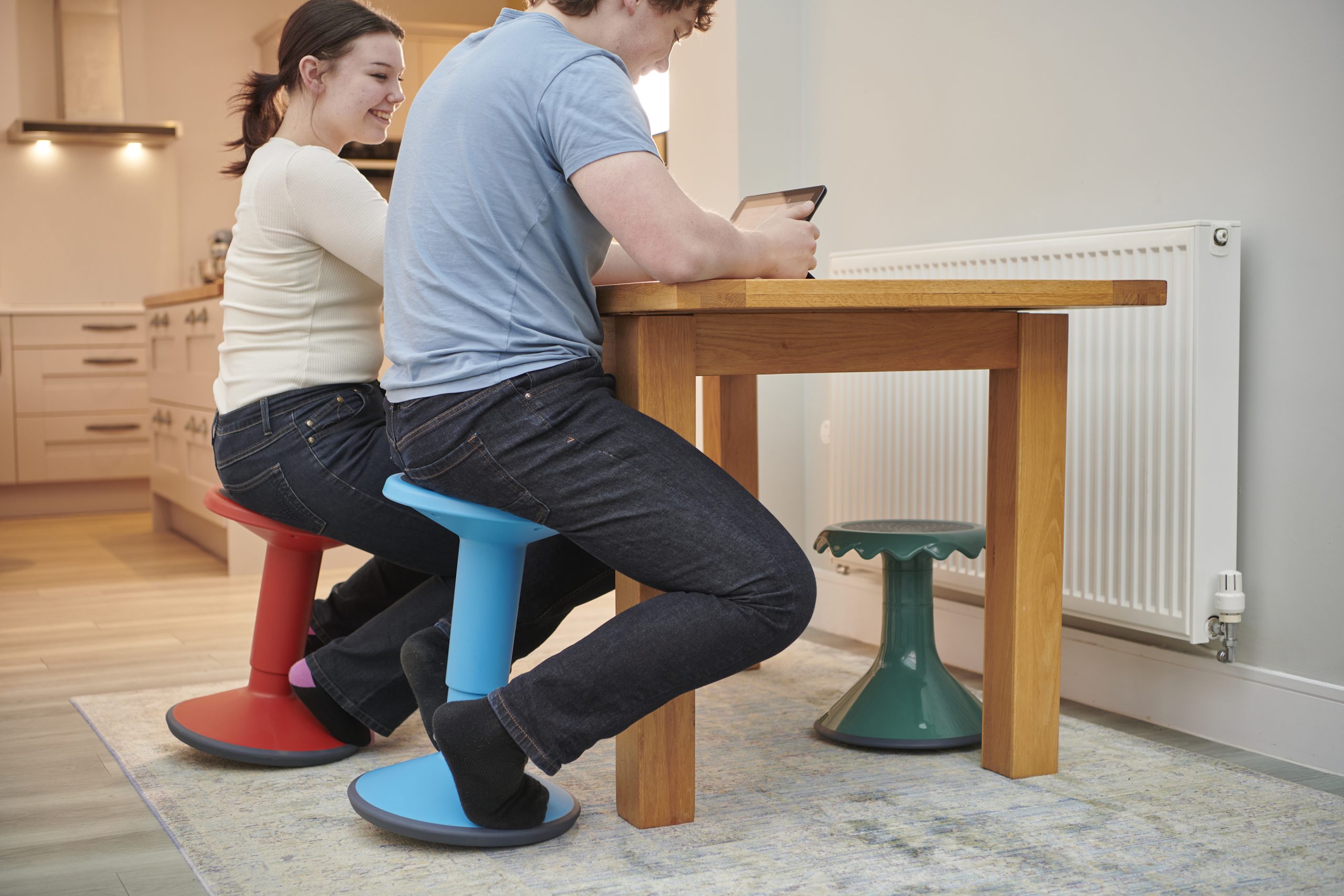
Managing Tabletime Hyperactivity
In this post we're looking at managing tabletime hyperactivity. We've all been there, it's time to eat and you'd like your child to sit at the table for a while. Instead of a calm, enjoyable meal, the reality is more of a game of tug of war, with you on the losing side. Whilst we don't have a magic wand, we do have some tried and tested methods that we've used with our own children, which we hope will inspire you!
Plan, plan and you guessed it - plan!
This may seem like a very obvious point to make, but planning what you are cooking and what preparation is needed for each meal will go a long way into helping you manage mealtime hyperactivity. Make a daily meal planner, determine what you need for each meal and what prep work can be done in advance. The less you have to do when it comes to gathering the troops for dinner, means you are more equipped to manage your child's expectations.
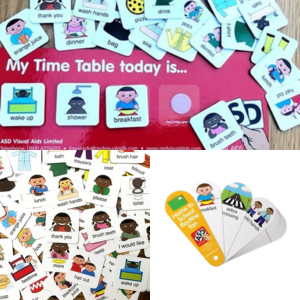 Structured Daily Routine
Structured Daily Routine
Establishing a consistent and structured routine is so important for children with SEN. Predictability can help SEN children feel more secure and calm, helping them manage expectations. A good way to show this is structure is through visual supports and timetables.
Create a daily routine with the use of symbols or signs. Make sure the routine clearly shows the different activities throughout the day - being sure to include mealtimes (and snack times!). You could also create a separate timetable just for mealtimes to help understand the sequence of events and transitions. This could be as simple as showing the room they need to go in, that they need to sit down and then eat.
Depending upon your child's needs and abilities, you could get them involved in the set up for meal time. Could they help lay the table? Or could it be their job to tell the rest of the family that it's meal time?
Heavy Work Activities
Before mealtimes it's a great idea to incorporate some heavy work activities. Activities that involve pushing, pulling, squeezing or moving are not only great for releasing energy, but help to provide proprioceptive input. If your child is able to do some of these types of activites before mealtimes, or any situation that requires them to remain seated for a while, it can help organise and calm the body, resulting in a more relaxed state for mealtimes.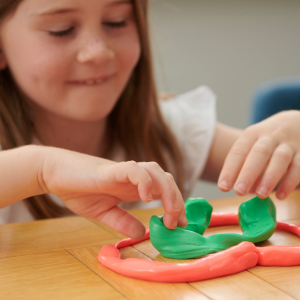
There are lots of really simple heavy work activities that you can do at home. We've listed some of our home-favourites, but we encourage you to try lots of different activities yourself, and see what works best for your child.
- Star jumps
- Moving inside a body sock
- Jumping on a trampoline
- Squeezing therapy putty, playfoam or playdoh
- Playing with fidget toys
- Spinning
Learning a range of heavy work based activities from a young age provides children with different self-regulation tools that can be used in a variety of situations.
Mealtimes
So, the meal is ready, you've had a go at some heavy work activities, your child is in a more relaxed state, and you're ready to tackle the meal! If possible, it's a good idea to minimize noise, distractions and bright lights, helping to create a more sensory friendly mealtime environment.
If you've prepared a timetable to show what happens during mealtimes, make sure this is visible and accessible to your child. Talk through the stages so they know what is expected. You could also incorporate timers for each stage, to help break down the stages.
A big factor in a successful mealtime is seating. Rather than formal seating options such as dining chairs, why not try a wobble stool? Wobble stools have a rounded base, designed to encourage movement and 'active sitting'. This will give your child the freedom to fidget, which can help keep minds and bodies engaged. Providing a seating option that allows your child to move whilst remaining on the stool, can help them stay seated at the table for longer. A good alternative are wobble cushions. They work on the same principle and encourage 'active sitting'.
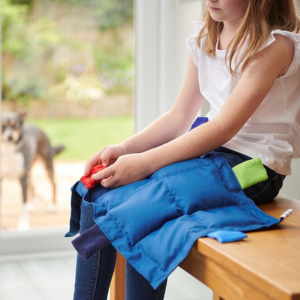
If your child responds well to weighted therapy, then you could try a weighted lap pad. The gentle weight is applied across the lap and upper legs. This promotes a sense of calm and relaxation, ideal for using at the table. Don't worry, we produce a range of wipe-clean lap pads for easy cleaning!
For some children, the extra noise at mealtimes can be uncomfortable. Additional voices, clinking of plates and cutlery, scraping chairs across the floor and working appliances can all be overwhelming. Try minimise these noises as best you can. You can also use ear defenders or ear plugs to create a more comfortable environment.
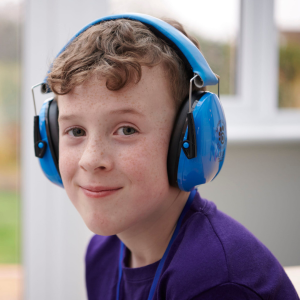
Encourage the use of fidget toys at the table. Short fidget breaks inbetween mouthfuls can help to release anxiety and pressure surrounding the meal. Try to encourage fidget toys that are easy to clean (we all know how messy mealtimes can be!).
It's also really important to understand your child's need to move. Allow them short breaks, away from the table, so they can release some energy. Encourage them to rejoin you when they're ready.
After Mealtimes
Mealtime is finally over and your child has been fantastic! Make sure you give plenty of positive praise and reinforcement.
Remaining seated at the table for a certain period of time has involved a lot of restraint and control. It's important to now allow your child the freedom to release any built up energy that remains, so they can carry on with the rest of the day. Whilst jumping on a trampoline right after a meal is best to avoid, we've collated some of our favourite after meal activities which you could try.
Gently bounce on a therapy ball 
Move and stretch inside a body sock
Stretch and pull a resistance band
Create an obstacle course to do on a scooter board
Individuality
Whilst we hope this blog article has given you some different ideas to try, we do appreciate that every child is unique and has different requirements. The level of preparation and input required to manage mealtimes will vary depending on the individual. It can also take time to discover what works for your child. If you have any tips, suggestions or ideas to share we'd love to hear from you on info@sensorydirect.com

